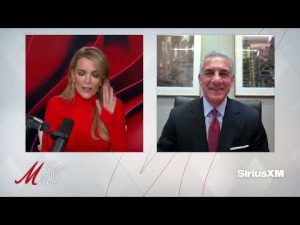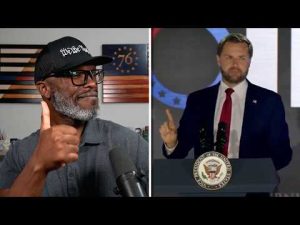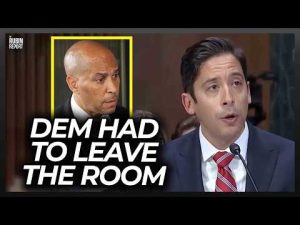In a surprising twist of events, the deployment of the National Guard to Chicago by former President Trump has landed in the lap of the Supreme Court, raising questions that have lawmakers and legal experts buzzing. It all started earlier this month when Trump decided to federalize 300 members of the Illinois National Guard and an additional 400 from Texas, all in an effort to bolster security in the Windy City. The goal? To protect federal officers and properties in an area that has seen its fair share of turmoil. However, a federal court stepped in, bringing the operation to a halt and leaving many to wonder about the implications of such a move.
The Supreme Court has chosen to take a closer look at the situation rather than giving a quick thumbs-up or thumbs-down. This is quite the rarity and has some legal minds scratching their heads. Instead of a swift decision, the justices have requested additional briefings, which means we may need to hold our horses until at least November 17th to see how this plays out. The whole scenario has observers speculating on whether the court may be leaning toward a deadlock, with some suggesting it could be a 4-4 tie that keeps the case in limbo.
At the heart of the matter is a notable ruling from a Chicago federal district judge, who argued that there is currently neither an invasion nor a rebellion in the city, stating that local law enforcement and existing federal resources are quite capable of handling the situation. The appellate court agreed, upholding the lower court’s decision without a hitch. So, why is the Supreme Court taking such an unusual approach? One theory is that the justices are transitioning from their emergency docket—where decisions can be made in a snap without much explanation—to a more thorough examination of the facts and circumstances.
To add some historical flavor, the Department of Justice has invoked a 1827 case, Martin versus Mott, which revolved around President James Madison’s orders during the War of 1812. In that case, the Supreme Court established that it’s the President who holds the final say on matters of national emergency. However, today’s constitutional landscape is a bit more complex than in Madison’s time. Many are debating whether Trump’s rationale for deploying troops meets the bar for invoking the Insurrection Act, a measure not yet put into play.
While there has been considerable intrigue surrounding the legal arguments, there’s also a practical concern at stake. Chicago has seen significant crime issues that many feel local police aren’t adequately addressing, leading to calls for federal assistance. The political dynamics in Chicago, particularly regarding the mayor’s response, have stirred a pot that’s bubbling over with frustration from residents who want action taken to protect their communities. As the legal tussle continues, both sides are anxious to see how this high-profile case will unfold, with public safety and constitutional law hanging in the balance. Only time—and perhaps a bit of judicial wisdom—will tell how this story ends.







